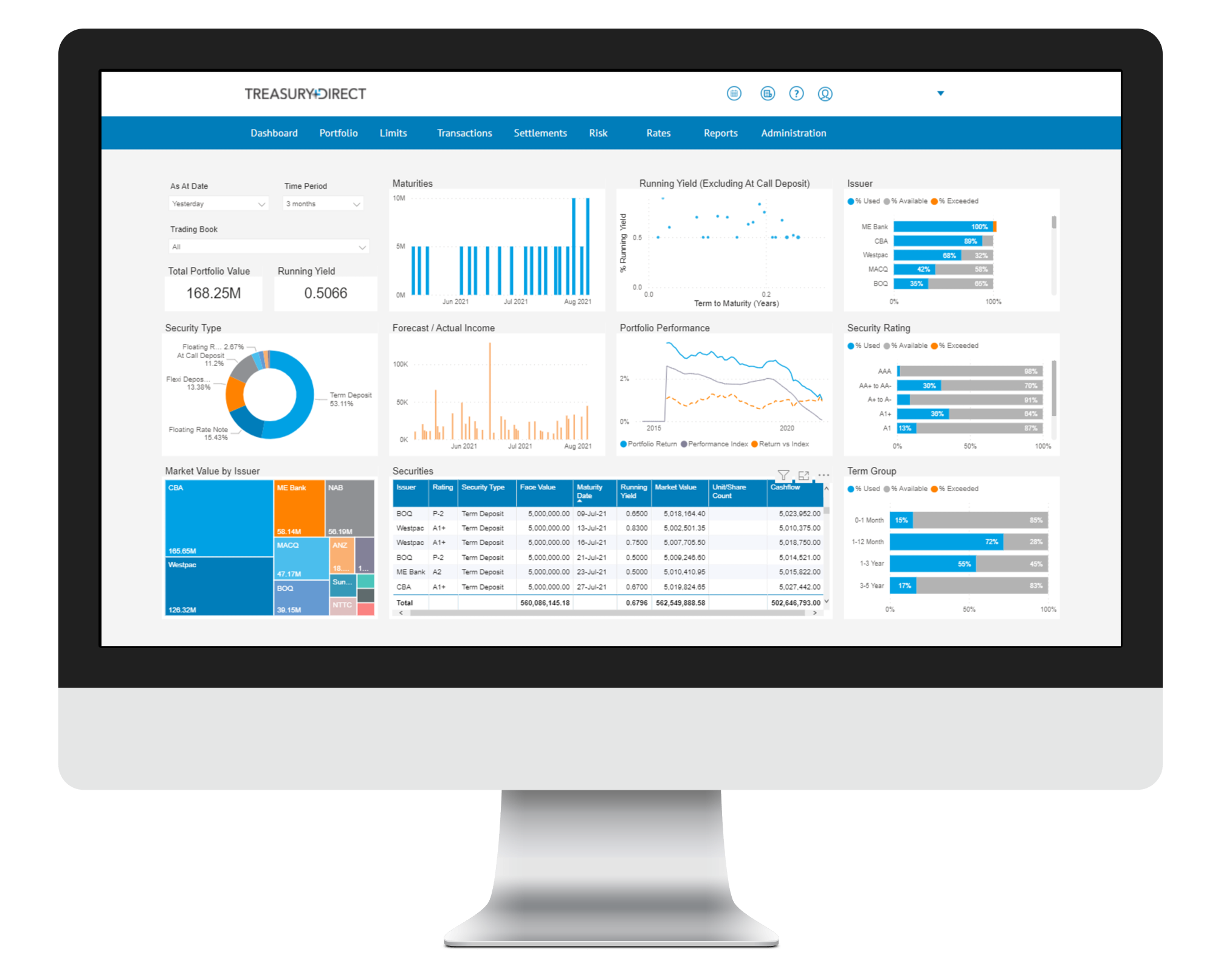Markets Overview
- ASX SPI 200 futures up 0.4% to 7,834.00
- Dow Average up 0.6% to 40,008.39
- Aussie down 0.6% to 0.6596 per US$
- US 10-year yield little changed at 3.8352%
- Australia 3-year bond yield fell 9.8 bps to 3.53%
- Australia 10-year bond yield fell 7.4 bps to 3.93%
- Gold spot down 0.7% to $2,448.17
- Brent futures down 1.0% to $79.89/bbl
Economic Events
- 10:30: (AU) Australia to Sell A$1 Billion 56-Day Bills
- 10:30: (AU) Australia to Sell A$1 Billion 119-Day Bills
- 11:00: (AU) Aug. Consumer Inflation Expectation, prior 4.3%
- 11:30: (AU) July Full Time Employment Change, prior 43,300
- 11:30: (AU) July Part Time Employment Change, prior 6,800
- 11:30: (AU) July Participation Rate, est. 66.9%, prior 66.9%
- 11:30: (AU) July Employment Change, est. 20,000, prior 50,200
- 11:30: (AU) July Unemployment Rate, est. 4.1%, prior 4.1%
Asian equities were primed for some losses early Thursday after a fairly muted Wall Street reaction to in-line US inflation data that still supported expectations for Federal Reserve rate cuts.
Equity futures in Japan and Hong Kong fell, while those in Australia advanced and US contracts were little changed. The S&P 500 closed 0.4% higher Wednesday, while the Nasdaq 100 added 0.1%, after year-on-year core consumer prices — which excludes food and energy costs — increased at the slowest pace since early 2021 in July.
The inflation print was broadly in line with expectations and bolstered forecasts for a Federal Reserve rate cut next month. The swaps market is currently fully pricing in one 25 basis point cut in September and 100 basis points of cuts through to the end of the year — indicating a degree of confidence that the Fed will deliver one 50 basis point cut in the remaining three Fed meetings of 2024.
Treasuries ended Wednesday little changed, as did an index of the dollar, while the yen weakened slightly against the greenback to trade at 147 per dollar. The Japanese currency was little changed early Thursday.
At Evercore, Krishna Guha said the CPI was not perfect, but it was good enough as it was consistent with a tame read on the Fed’s preferred inflation measure. In addition, the central bank has disavowed data-point dependence, and is looking at the wider outlook and balance of risks.
“This is now a labor data-first Fed, not an inflation data-first Fed, and the incoming labor data will determine how aggressively the Fed pulls forward rate cuts,” Guha noted.

